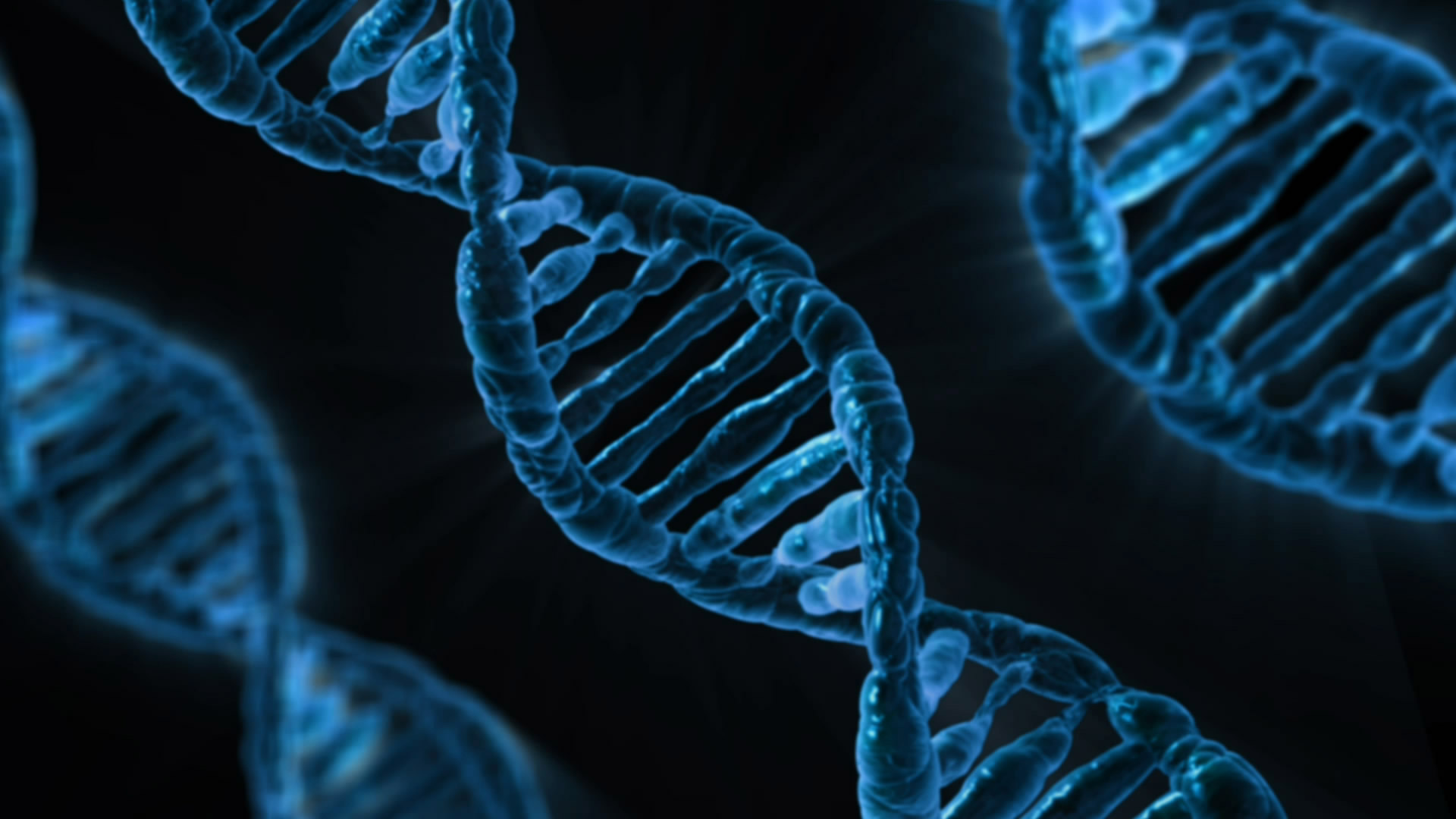
This is part of a series on the proof of God in DNA. See this index.
In the first two parts of this series, I laid out a number of reasons why DNA is evidence for God, in response to this article by atheist Bob Seidensticker. One of his key criticisms is that life appears to be poorly designed:
“If God designed software, we’d expect it to look like elegant, minimalistic, people-designed software, not the Rube Goldberg mess that we see in DNA. Apologists might wonder how we know that this isn’t the way God would do it. Yes, God could have his own way of programming that looks foreign to us, but then the “DNA looks like God’s software!” argument fails.”
I retorted that I’d happily accept any atheist’s claim that DNA was designed and designed poorly, as this shows the existence of a designer. But there is more to this than meets the eye. The Bible—which is not a science book—says that at some point nature was corrupted.
Cursed is the ground because of you; through painful toil you will eat food from it all the days of your life. It will produce thorns and thistles for you, and you will eat the plants of the field.
The implication is plain: the earth was now cursed and plants would develop negative traits. The book of Genesis also describes how the average life expectancy began to decline until it reached what we consider to be modern limits (with ~120 years being the extreme upper limit of possibility). If taken literally, this would mean a steady genetic degradation over a lengthy period, rather than an instantaneous change.
Do we see in the genetic record any indication of degradation over time? According to Seidensticker, we have some reason to believe so. He believes that the current implementation of DNA (as we know it) is poor. But this is exactly what the Christian predicts from his holy book: it is designed, but it is degraded from its original design.
How, precisely, did this happen? According to evolution, DNA should not have degraded. It should have gotten progressively better as beneficial mutations replaced the harmful ones. But the opposite is the case. Did something—or someone—intervene?
According to the Bible, Satan—the devil—is given explicit dominion over the earth. Now I realize that extreme atheists axiomatically hold that the supernatural cannot exist, but by inference to Bible’s claims, it is Satan that genetically manipulated nature. The poor design of DNA constitutes evidence for both God and Satan, which militates against the atheist’s axiom. By all rights, the atheist should look at DNA and say—reasoning to the best explanation—”it looks designed, but it also looks corrupted.” There is only one religion in the world for which this scientific observation makes sense. Hint: It’s not atheism.
This is a speculative explanation. An evidence-based Christian would reject it as a god-of-the-gaps argument, favoring the evidence-based arguments in part 1 and part 2. A proper faith-based approach is to believe based on the trust in the available evidence of God:
Now faith is confidence in what we hope for and assurance about what we do not see. — Hebrews 11:1 (NIV)
Consider instead the atheist that says on one hand that “there is no evidence for God” and on the other hand says “What would it take me to believe? An improbable god-of-the-gaps miracle!” If such an atheist can heavily speculate on the non-existence of God without evidence, then this level of speculation is the same epistemological level. This argument is evidence of the Christian God. At the very least, Seidensticker’s belief that the “mess that we see in DNA” supports atheism is a conclusion in search of an argument.

